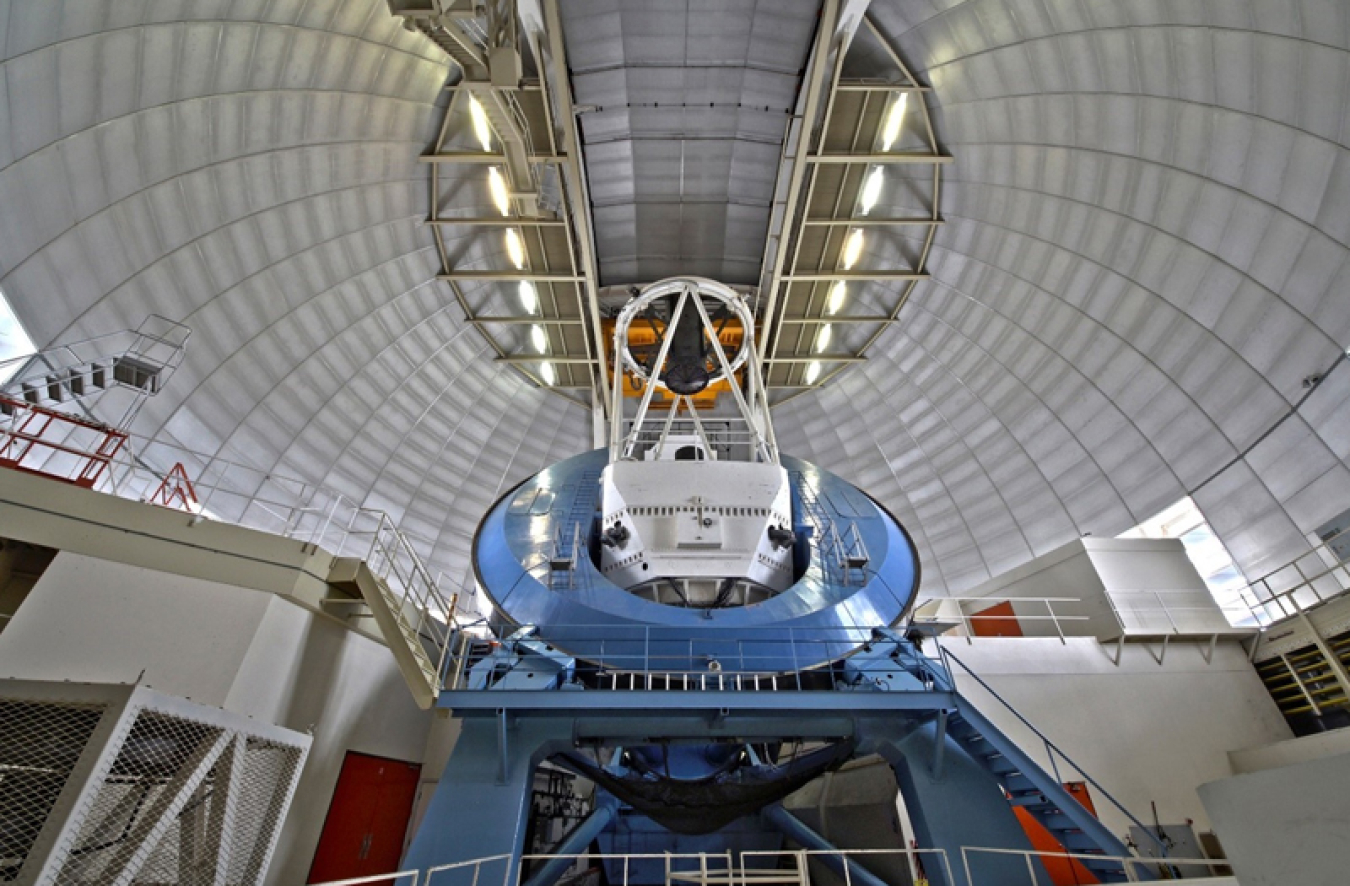
Gravity is the force of fundamental attraction between all things that have mass or energy. It feels powerful to us in our daily lives, but it is by far the weakest of the four known forces in nature. The strong force is the strongest of the forces and it binds nuclei together. The electromagnetic force is the next strongest and governs almost our entire existence from chemistry to our sense of touch and all the properties of light. The weak force is much weaker than electromagnetism and causes certain nuclei to fall apart. Gravity is also the only force that is not part of the Standard Model of Particle Physics.
To show how much stronger the strong, weak, and electromagnetic forces are than gravity, it helps to think about life on Earth. We are on a planet with more than 13.1 septillion pounds of mass, but we can still easily move around the surface. Gravity has two features that help it to shape our universe: its strength is proportional to how much mass (or energy) is present, and it has an infinite range. Electromagnetism also has an infinite range, but the strong and the weak forces have a range of roughly the size of an atomic nucleus. Gravity’s range means that over time, even small distant masses attract each other and coalesce into larger masses. This attracts even more mass, creating stars and planets, galaxies, and superclusters over the history of our universe.
Scientific understanding of gravity as a force of nature and how it works mathematically began with Issac Newton. In 1697, Newton’s theory united the gravity that lets apples fall to the Earth with the gravity that causes planets to orbit the sun. Before Newton’s theory of gravity, Johannes Kepler’s incredibly useful and accurate laws of planetary motion empirically described the motion of the planets and corrected Copernicus’ model of circular orbits. However, it was not until Newton that science understood that Kepler’s laws were a consequence of the laws of motion and the universal law of gravitation.
The theory of gravity proposed by Newton stood for more than 200 years. Newton’s law of gravitation was one of the most successful theories ever produced. We still teach it in school, and most of us intuitively think of gravity as a force. However, Newton’s theory was wrong, and Newton himself lamented that his law of gravity was “merely” a description of gravity that did not explain what gravity is and why it occurs. Newton’s theory faced lingering paradoxes and observations that weren’t perfectly in line with the theory’s predictions.
With a tiny list of Newtonian inconsistencies and a catalog of Newtonian successes, Albert Einstein went on to create a new theory of gravity. When Einstein completed his theory of gravity, known as the general theory of relativity, he predicted that gravity was not a force at all but rather the result of space-time curved by the presence of mass and energy. Einstein’s theory of gravity is geometric and not based on the idea of a force.
Our understanding of gravity is drastically different from our understanding of the other three forces. Unlike the strong, weak, and electromagnetic forces, scientists don’t know if gravity is transmitted by the exchange of special particles. In a quantum theory of gravity, the gravitational force would be carried by a particle called a graviton, but we have never experimentally detected such a particle, nor do we have a working quantum theory of gravity like we do for the other three forces. For now, both Newton’s theory of gravity as well as Einstein’s are both extremely useful. Scientists use our current understanding to successfully put satellites in orbit, visit the moon and other planets, study the expansion of the universe, and study exotic objects like black holes and dark matter.
DOE Office of Science: Contributions to Gravity Research
The Department of Energy (DOE) Office of Science supports research into gravity primarily through its High Energy Physics (HEP) program. HEP explores what the world is made of and how it works at the smallest and largest scales, from the tiniest particles to outer space. The DOE Office of Science pursues many of these topics through HEP’s Cosmic Frontier experimental research area and Theoretical Physics research area. Cosmic Frontier projects investigate the mass-energy content of the universe and the history of the universe from the Big Bang to the structure observed today. This involves understanding dark matter and dark energy, including the international and multi-institution LZ and ADMX collaborations, the Dark Energy Survey, the Dark Energy Spectroscopic Instrument (DESI), and the South Pole Telescope-3G (SPT-3G).
Gravity Facts
- Gravity moves at the speed of light, a fact confirmed by the Laser Interferometer Gravitational-wave Observatory (LIGO) in 2016.
- What does it mean that gravity acts on mass? The attraction between you and the Earth is the result of both your mass and the Earth’s mass.
- Why does light bend when passing near massive objects like the Sun? Newton’s theory doesn’t explain this, but Einstein’s theory of gravity does.
- Gravity doesn’t just affect matter—it also affects antimatter. That’s why antihydrogen falls down, not up.
Resources
- DOE Office of Science High Energy Physics program
- The DOE Cosmic Frontier research area
- DOE Office of Science-supported physics research that touches on gravity:
Scientific terms can be confusing. DOE Explains offers straightforward explanations of key words and concepts in fundamental science. It also describes how these concepts apply to the work that the Department of Energy’s Office of Science conducts as it helps the United States excel in research across the scientific spectrum.

